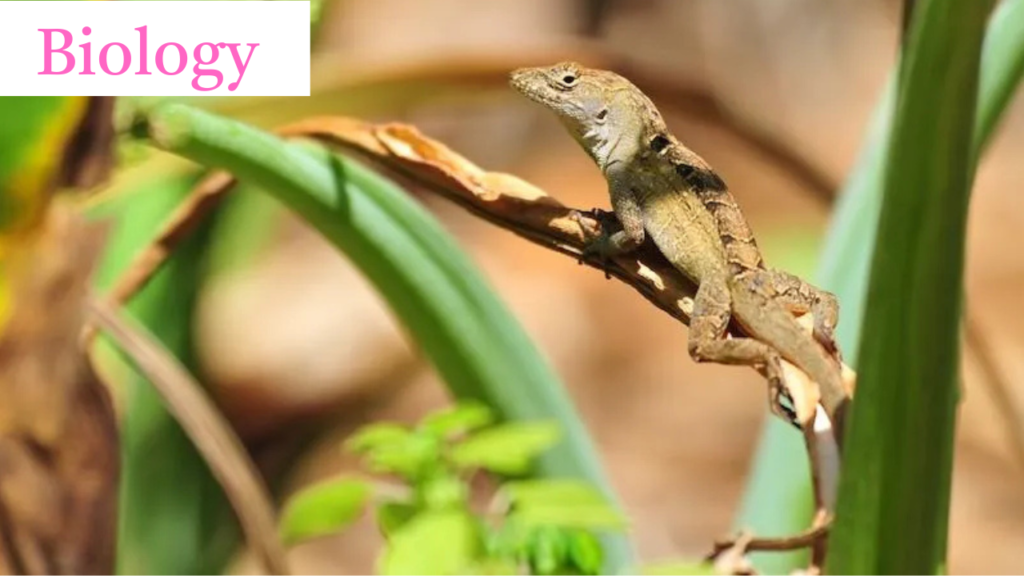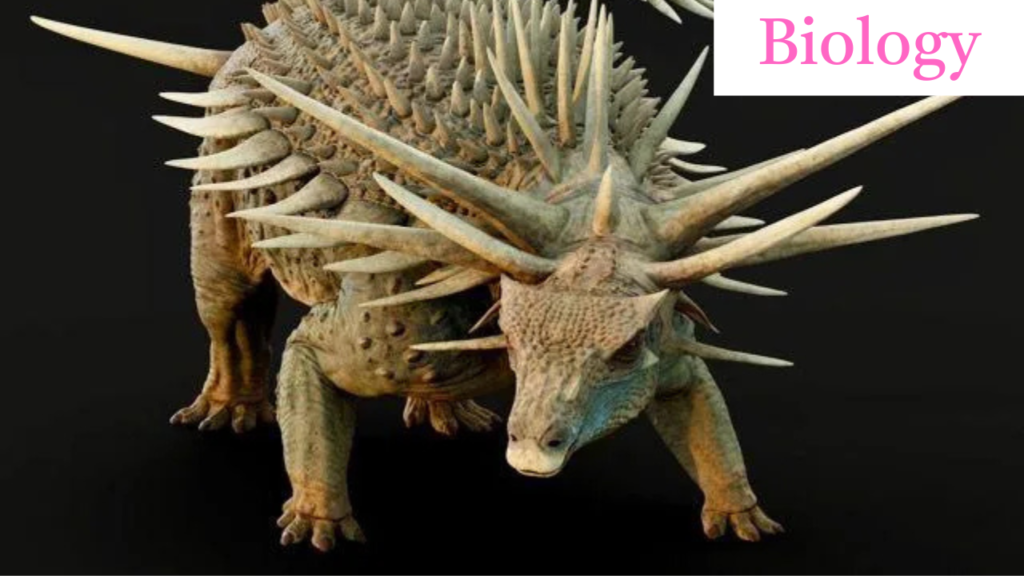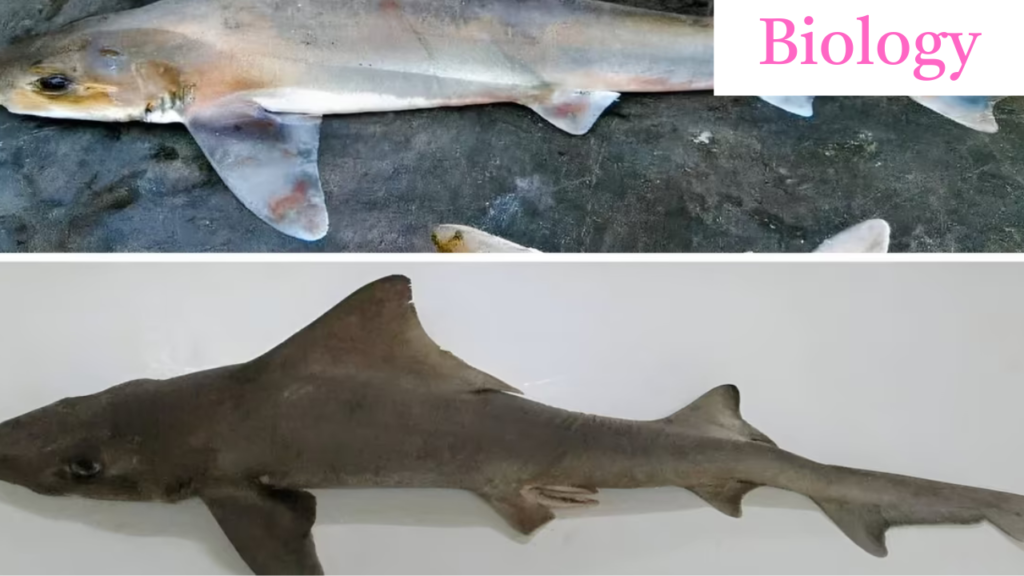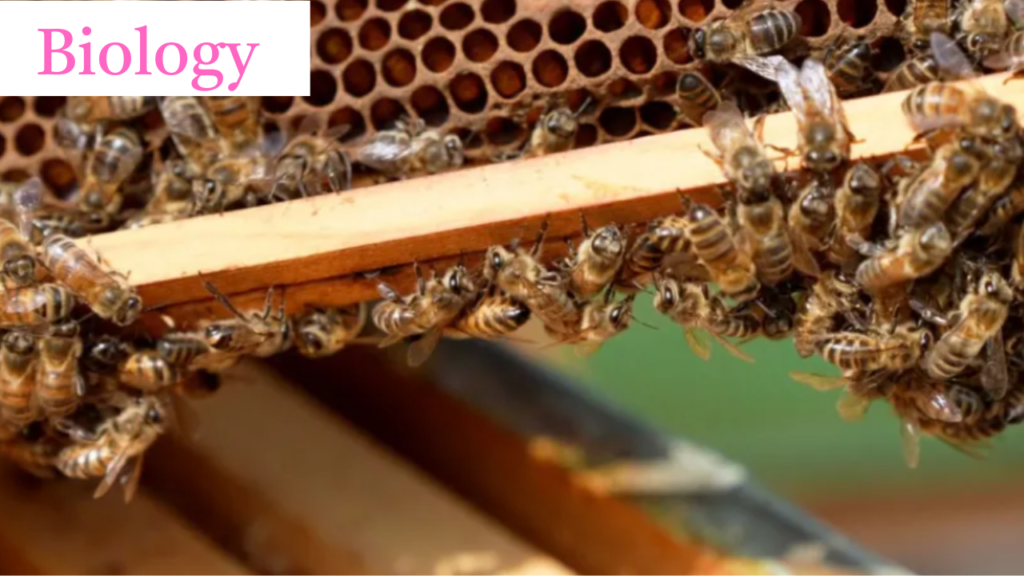What are roles of body fat in shaping your health and mind?

While you may not always appreciate the additional weight that can accumulate around your hips, thighs, abdomen, and other areas, a small amount of fat is not inherently negative. In fact, it can be beneficial, serving as a buffer against external physical stress, offering insulation, and even generating advantageous hormones. Understanding the roles of body […]
What is the benefit of physical exercise activities?

Exercise refers to any physical activity that improves or sustains physical fitness and health, typically characterized by being planned, structured, and repetitive. It is distinct from general physical activity in that it is intentional, aimed at enhancing or preserving physical fitness, which can be achieved through activities such as running, dancing, or organized workouts. Engaging […]
Discoveries on peripheral immune tolerance wins Nobel prize in Medicine 2025

The Nobel Assembly at the Karolinska Institutet has made the decision to confer the 2025 Nobel Prize in Physiology or Medicine upon Mary E. Brunkow, Fred Ramsdell, and Shimon Sakaguchi for their significant discoveries related to peripheral immune tolerance. They have identified the immune system’s regulatory T cells, which act as security guards, thereby establishing […]
What’s the tolerable hottest temperature in the human body?

As climate change leads to rising global temperatures, the occurrence of extreme heat is increasing, thereby posing a greater health risk. While the human body demonstrates remarkable resilience, it has its limits. This raises the question: what is the maximum temperature that individuals can withstand? The typical human body temperature is not a fixed figure […]
Training on Risk-based Food Inspection for free

Microbiological and chemical contamination continues to be the primary cause of foodborne diseases (FBDs) worldwide. The World Health Organization (WHO) estimates that approximately 1.8 million individuals die annually from diarrheal diseases, with around 70% of these instances linked to the consumption of unsafe food. Competent authorities are crucial in protecting public health by ensuring that […]
Cuban brown anoles, the most lead-tolerant vertebrates on the planet

The Cuban brown anole (Anolis sagrei) is a diminutive, non-indigenous lizard originating from Cuba and the Bahamas, which has turned into an invasive species in certain regions of the United States, such as Florida, Texas, and Hawaii. Typically measuring between 5 to 9 inches in length, these lizards excel at camouflage and are frequently observed […]
Dinosaur having metre long spikes discovered

Dinosaur, the common name given to a group of reptiles, often very large, that first appeared roughly 245 million years ago (near the beginning of the Middle Triassic Epoch) and thrived worldwide for nearly 180 million years. Most died out by the end of the Cretaceous Period, about 66 million years ago, but many lines […]
Rare shark was rediscovered after 50 years

About 50 years after it was last documented, one of the rarest sharks in the world has made an appearance in Papua New Guinea. The sailback houndshark (Gogolia filewoodi), which has an oddly broad and deep dorsal fin, was first reported by scientists in 1973 after a pregnant female shark was captured at Astrolabe Bay, […]
‘Superfood’ made by Scientists for honeybees

Honeybees live in colonies with one queen directing the whole hive. Most people only ever see worker honeybees flying about outside of the hive; they are exclusively female. They construct the honeycombs, forage for food, and guard the hive. Honeybees pollinate 70% of the world’s major crops, making them an essential component of food supply. […]
How are microplastics harmful to plants?

People are using plastics every day. From morning to night, we are encountered by plastics. Using brush for tooth cleaning at morning, carrying vegetables, drinking cane, biscuits and clothes packets are mostly composed of plastics. Nowadays, we are unable to escape from plastic garbage. Generally, plastics are not decomposed, some plastics are decomposed but required […]


